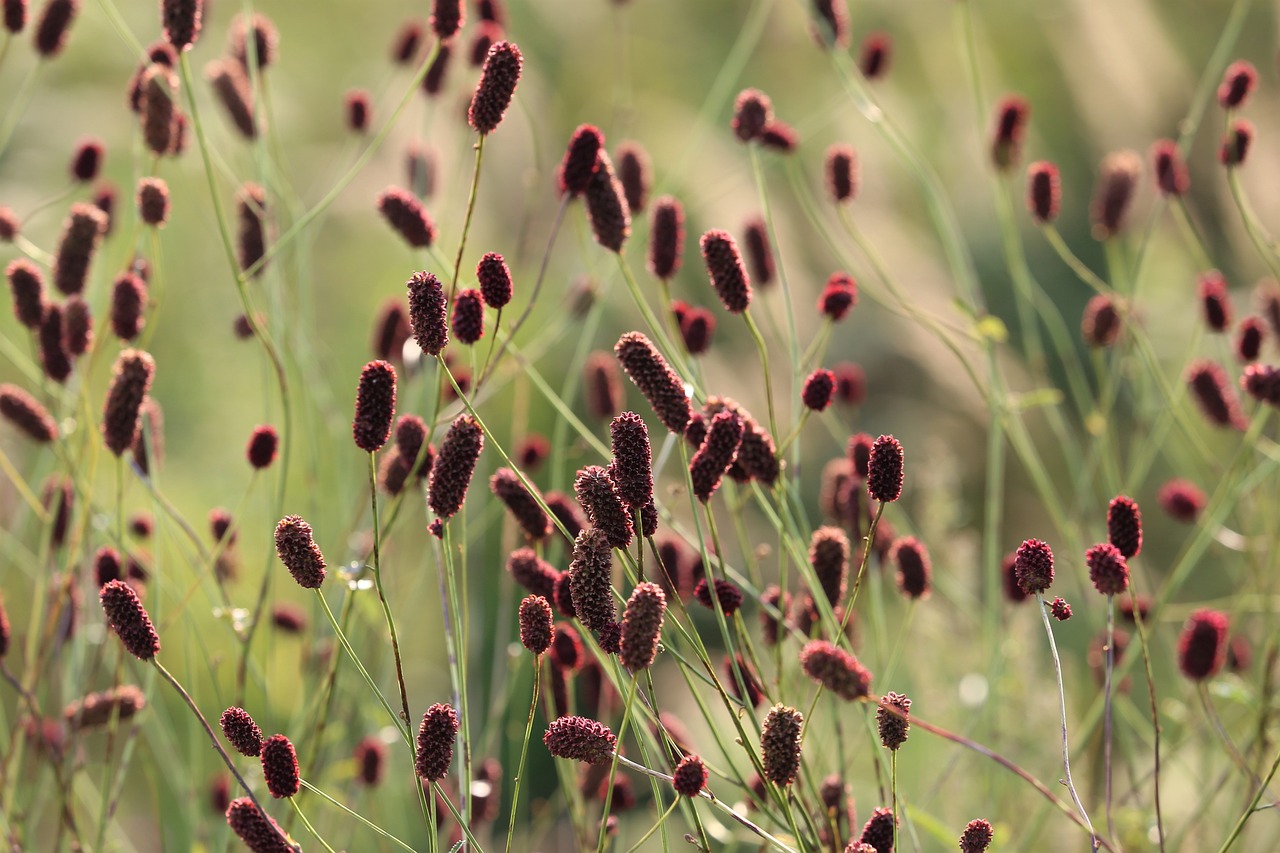
Sanguisorba and Planting: Unveiling the Beauty of a Garden Gem
In the realm of gardening, where every plant vies for attention, there exists a hidden gem—Sanguisorba. This article embarks on a journey to uncover the beauty of this often-overlooked botanical marvel. We’ll explore the various species, delve into the art of planting, and discover how Sanguisorba can become the centerpiece of your landscape.
Exploring the Sanguisorba Genus
Different Species and Varieties
Sanguisorba, commonly known as burnet, is not a singular entity but a diverse genus. Each species and variety boasts its unique charm, ranging from the delicate allure of Sanguisorba officinalis to the robust grandeur of Sanguisorba tenuifolia.
Unique Characteristics of Sanguisorba
What sets Sanguisorba apart are its distinctive features. The elegant, pinnate leaves provide an intricate texture, while the bottlebrush-like blooms contribute a burst of color to any garden. It’s a plant that doesn’t just decorate a space but defines it.
Selecting the Perfect Sanguisorba for Your Garden
Considering Soil and Climate Conditions
Before delving into the planting process, one must carefully choose the right Sanguisorba variety based on the soil and climate conditions of the intended garden space. Some species thrive in moist soils, while others prefer well-drained areas. Knowing these nuances ensures a successful cultivation journey.
Sanguisorba’s Role in Landscaping
Beyond its visual appeal, Sanguisorba plays a pivotal role in landscaping. Its feathery plumes and distinctive foliage can add height and structure to garden borders, while its low-growing varieties make excellent ground covers. Understanding how to integrate Sanguisorba into your landscape design elevates its impact.
Step-by-Step Guide to Planting
Soil Preparation and Amendments
To set the stage for a thriving Sanguisorba garden, proper soil preparation is crucial. Amending the soil with organic matter enhances drainage and fertility, creating an optimal environment for the plant to flourish.
Optimal Planting Time and Conditions
Timing is everything in the world of gardening. For Sanguisorba, the ideal planting times are in spring or fall, ensuring the plants establish themselves before the extremes of summer or winter. Selecting the right conditions at this stage is a key determinant of future success.
Ensuring a Thriving Sanguisorba Garden
Watering and Fertilizing Tips
While Sanguisorba is generally low-maintenance, providing consistent watering during dry spells and a balanced fertilizer application in spring can boost its vitality. Understanding these simple care routines ensures a healthy and vibrant garden.
Dealing With Common Issues
No garden is without its challenges, and Sanguisorba is no exception. Vigilance against common pests and timely resolution of any issues are essential for maintaining a robust and visually appealing garden.
Integrating Sanguisorba Into Your Garden Design
Companion Planting Ideas
Sanguisorba’s versatility extends beyond its individual charm. Pairing it with compatible plants such as ornamental grasses, sedums, or salvias enhances its visual appeal and creates a harmonious garden composition.
Sanguisorba’s Role in Attracting Wildlife
The value of Sanguisorba goes beyond aesthetics; it actively contributes to biodiversity by attracting pollinators like bees and butterflies. Integrating it into wildlife-friendly gardens adds another layer of significance to this already remarkable plant.
Understanding the Complexity and Vibrancy
Perplexity in Sanguisorba’s Botanical Features
For those inclined toward botanical intricacies, exploring Sanguisorba unveils a world of perplexity. From its intricate root structure to the fascinating process of flower development, it is a plant that rewards curiosity.
Burstiness in Sanguisorba’s Visual Appeal
The burstiness of Sanguisorba is evident in its visual impact—a dynamic burst of color and form that stands out against the canvas of a garden. It is this vibrant quality that makes it a compelling addition to any landscape.
Conclusion
In conclusion, Sanguisorba is not just a plant; it’s a living artwork waiting to be discovered and appreciated. Whether you are a seasoned gardener or a novice, consider adding Sanguisorba to your landscape. It’s a testament to the beauty that nature can offer and an invitation to explore the world of gardening with a fresh perspective.
FAQs
Can Sanguisorba Thrive in Any Climate?
Sanguisorba is adaptable but thrives best in temperate climates. Adequate sunlight and suitable soil conditions are essential for its optimal growth.
How Often Should Sanguisorba Be Watered?
Consistent watering, especially during dry spells, is crucial for Sanguisorba. However, it’s equally important to avoid waterlogged conditions, as the plant prefers well-drained soil.
Are There Any Specific Pests That Affect Sanguisorba?
While generally resistant to pests, keep an eye out for aphids and powdery mildew. Prompt treatment with organic solutions ensures the continued health of the plant.
Can Sanguisorba Be Grown in Containers?
Certain varieties of Sanguisorba are well-suited for container gardening. Ensure proper drainage and choose a potting mix rich in organic matter for successful cultivation.
What Are Some Creative Landscaping Ideas Involving Sanguisorba?
Create stunning combinations by pairing Sanguisorba with ornamental grasses, coneflowers, or daylilies. The key is to experiment and discover the unique visual symphony that Sanguisorba can contribute to your garden.